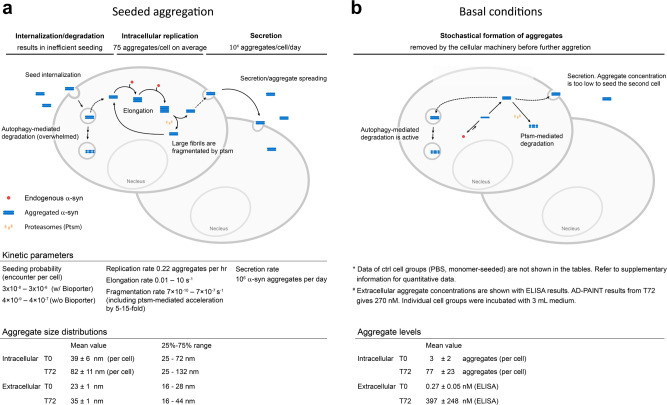Fig. 5. Schematic summary of α-syn seeded aggregation in SH-SY5Y cells.
The schematic summarizes the cellular responses after α-syn seeds are internalized measured in this study. In a, the cells can only be seeded by the fibrillar form of α-syn aggregates after sonication, not by monomeric form, in an inefficient way (shown as low seeding probability). The α-syn seeds that escape from autophagy-dependent degradation effectively replicate in cells by recruiting endogenous α-syn monomers. Proteasomes, which are responsible for protein degradation and quality control in cells, facilitate the replication process by accelerating fibril fragmentation. The resulting α-syn aggregates are secreted by the cells and accumulate in the cytosol. b In contrast under basal conditions, aggregates that form in the cytosol are either degraded or secreted by the cell; hence there is no accumulation of aggregates.

